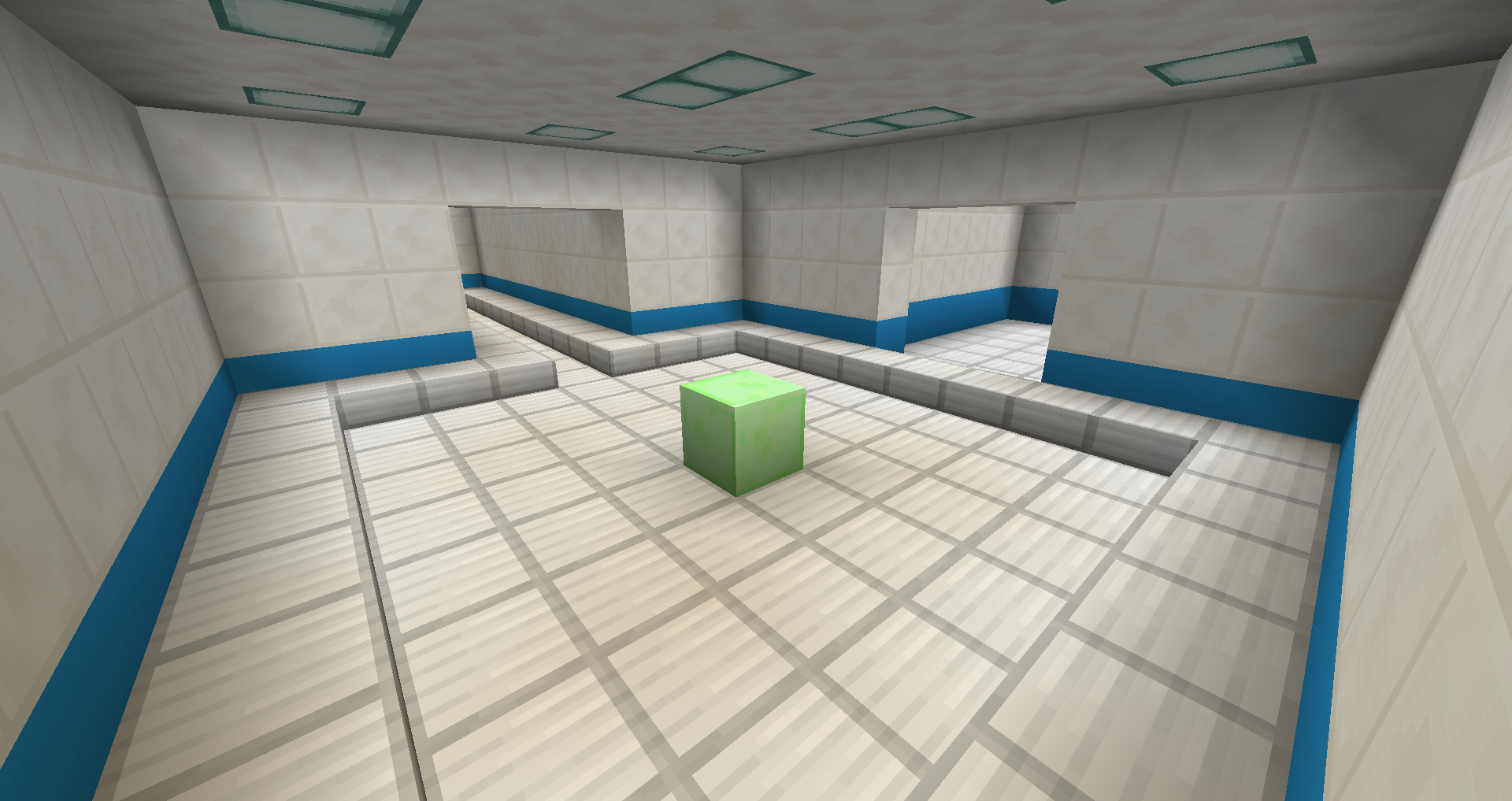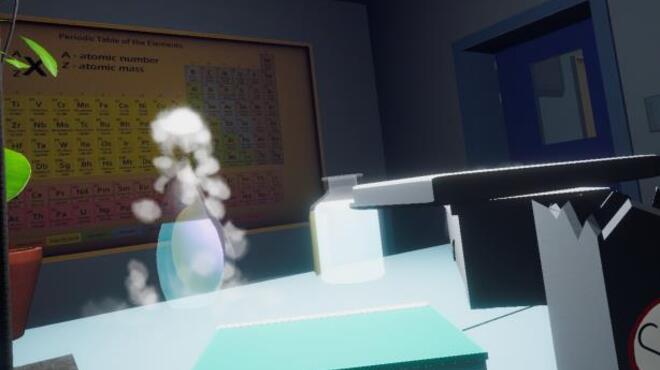
Meddling with the electrons’ field, the scientists found their event horizon rising in temperature. They created a kind of event horizon that interfered with the wave-like nature of the electrons. So, the physicists set out to just simulate conditions at a black hole’s event horizon (the point in space at which the black hole’s gravity is too strong for light to escape).īy tuning the hopping, the physicists could cause certain properties to vanish. In essence, it’s too hard to make a black hole and study it because they are so wildly unstable. Unruh’s sonic black hole was based on the notion that sound vibrations, phonons, are unable to escape a region of fluid in which the fluid is flowing faster than the speed of sound in the local region (similar to light being unable to escape a black hole in space).
The lab escape simulator how to#
Read more: Did a supermassive black hole just “burp”?īecause of the extreme gravity and prevalence of bizarre quantum effects, black holes are thought to be prime candidates for finding out how to make these two theories get along.Ĭreating a black hole analogue is not new, but this new research allowed the physicists to “tune” their black hole and observe radiative effects in this type of experiment for the first time.īlack hole analogues were first put forward by Canadian physicist William Unruh, who conceptualised the “sonic black hole” in a 1981 paper. This type of radiation was first theorised by Stephen Hawking in 1974, but has never been observed because it is too faint for even our best telescopes.īut being able to produce and study Hawking radiation may help resolve the seemingly irreconcilable theories of nature: the general theory of relativity, which describes gravity, and quantum mechanics, which describes the behaviour of particles.

Because of the immense gravitational pull of these cosmic giants – which not even light can escape – black holes cause disturbances in the fabric of spacetime itself, leading to the emission of particles due to interruptions in fluctuations of quantum fields.

Hawking radiation is a consequence of the extremeness of black holes. Their analysis of the black hole in a bottle is presented in a paper published in the Physical Review Research journal. This allowed the team to realise that their black hole analogue may help explain so-called “Hawking radiation”, theorised to be emitted by black holes in nature. Physicists have simulated a black hole in a lab.


 0 kommentar(er)
0 kommentar(er)
